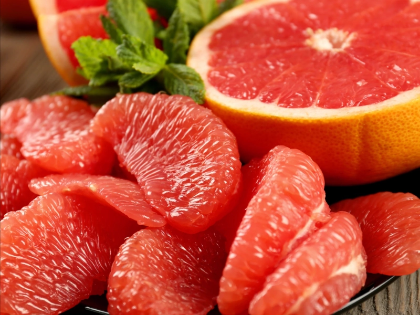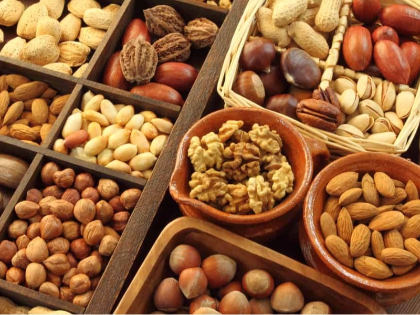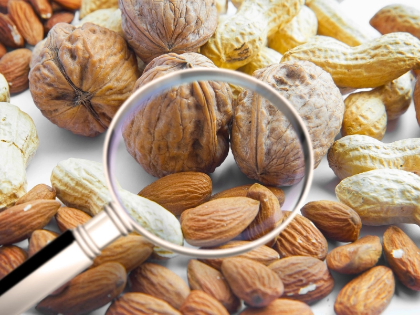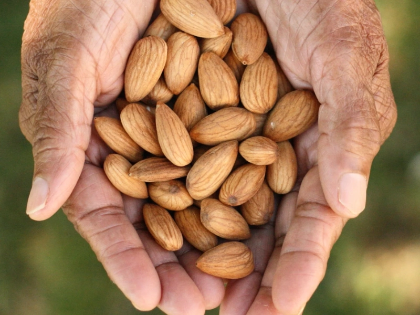Vitamin E for Eye Conditions: Potential Benefits for Cataracts
1.Awareness of Cataracts Common eye disorder known as cataracts causes the lens in the eye to fog, so impairing vision and, in severe cases, blindness. Though other variables include heredity, chronic UV exposure, and other medical disorders can also contribute, they frequently develop gradually and are linked with aging. Cataracts can seriously affect daily activities as they advance, hence it is imperative to investigate possible treatments and preventative actions. One such topic of research is the function of vitamin E for eye health, especially with relation to cataracts.
2.The function of vitamin E Crucially important in shielding cells from oxidative damage is the fat-soluble antioxidant vitamin E. Foods high in this vitamin include green leafy vegetables, almonds, and seeds. Vitamin E among other antioxidants helps neutralize free radicals—unstable chemicals that could harm cells and hasten aging and disease. Given that oxidative stress is a major determinant of cataract development, vitamin E's preventive qualities pique research on eye health interest.
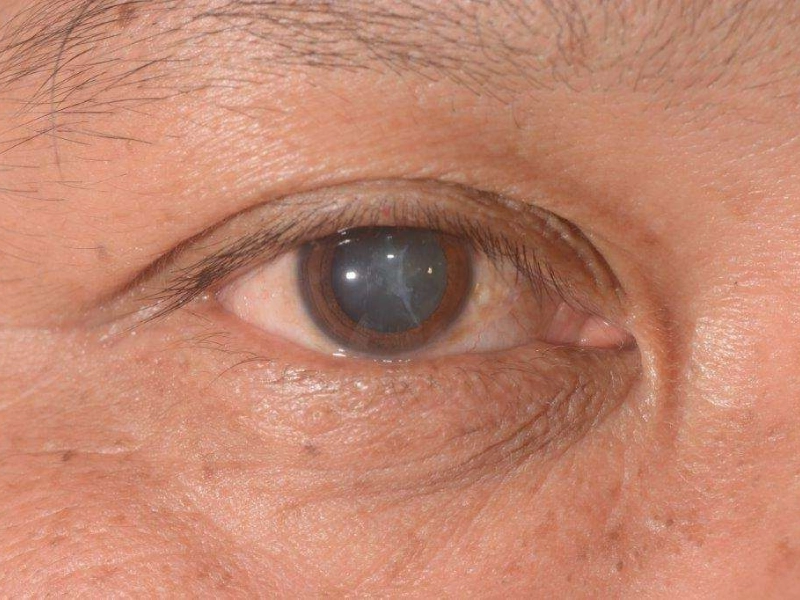
 5.Food Sources of Vitamin E Including abundant dietary sources in your meals will help you to maximize the possible advantages of vitamin E for eye condition. Foods heavy in vitamin E are almonds, sunflower seeds, hazelnuts, spinach, and avocados. Including these foods in a balanced diet can help guarantee enough vitamin E intake. Furthermore increasing vitamin E intake is using vegetable oils, such olive or sunflower oil.
6.Concerning supplements, Although eating foods high in vitamin E is the best way to get it, some people should think about taking supplements particularly if their diet alone fails to meet their nutritional requirements. Still, one should approach supplements carefully. High doses of vitamin E might produce side effects and interfere with several drugs, including blood thinners. Before beginning any supplement program, one should see a healthcare practitioner to guarantee efficacy and safety.
5.Food Sources of Vitamin E Including abundant dietary sources in your meals will help you to maximize the possible advantages of vitamin E for eye condition. Foods heavy in vitamin E are almonds, sunflower seeds, hazelnuts, spinach, and avocados. Including these foods in a balanced diet can help guarantee enough vitamin E intake. Furthermore increasing vitamin E intake is using vegetable oils, such olive or sunflower oil.
6.Concerning supplements, Although eating foods high in vitamin E is the best way to get it, some people should think about taking supplements particularly if their diet alone fails to meet their nutritional requirements. Still, one should approach supplements carefully. High doses of vitamin E might produce side effects and interfere with several drugs, including blood thinners. Before beginning any supplement program, one should see a healthcare practitioner to guarantee efficacy and safety.
 7.Nutrient Synergistic Effect Vitamin E is not working alone; its advantages for eye health could be improved in concert with other nutrients. For example, lutein, vitamin C, and zeaxanthin are also well-known for their anti-cataract and other eye problem preventive properties. A diet high in different antioxidants can offer a synergistic impact, therefore optimizing the preventive advantages for eye health. Foods high in vitamin E can be complemented in general eye health by foods including citrus fruits, leafy greens, and colorful vegetables.
8.Lifestyle elements and cataract avoidance Apart from food, a number of lifestyle choices can affect the cataract development probability. Better eye health can result from wearing sunglasses to shield the eyes from UV radiation, from avoiding smoking, from controlling diabetes, and from managing other diseases. Early cataract management and identification depend on routine eye exams as well. Those who use a comprehensive approach including a nutrient-dense diet and good lifestyle choices can actively protect their vision.
7.Nutrient Synergistic Effect Vitamin E is not working alone; its advantages for eye health could be improved in concert with other nutrients. For example, lutein, vitamin C, and zeaxanthin are also well-known for their anti-cataract and other eye problem preventive properties. A diet high in different antioxidants can offer a synergistic impact, therefore optimizing the preventive advantages for eye health. Foods high in vitamin E can be complemented in general eye health by foods including citrus fruits, leafy greens, and colorful vegetables.
8.Lifestyle elements and cataract avoidance Apart from food, a number of lifestyle choices can affect the cataract development probability. Better eye health can result from wearing sunglasses to shield the eyes from UV radiation, from avoiding smoking, from controlling diabetes, and from managing other diseases. Early cataract management and identification depend on routine eye exams as well. Those who use a comprehensive approach including a nutrient-dense diet and good lifestyle choices can actively protect their vision.
 9.Constant Investigation and Future Orientations Studies on the function of vitamin E in eye health, especially on possible advantages for cataracts, are still under progress. Researchers are still investigating the processes by which antioxidants influence lens condition and how best to include them into cataract preventative plans. Clearer instructions on dietary recommendations and supplements for people worried about cataracts and general eye health could result as more data surfaces.
10.Synopsis of Possible Advantues of Vitamin E Because of its antioxidant qualities, vitamin E is an essential vitamin that might help to prevent cataracts. Including foods high in vitamin E into a balanced diet helps people support their eye condition and maybe lower their chance of cataract development. Although studies are still under progress, the encouraging results emphasize the need of diet for preserving healthy vision. Adopting a nutrient-dense diet in addition to a good lifestyle will help to improve eye condition and reduce cataract risk.
9.Constant Investigation and Future Orientations Studies on the function of vitamin E in eye health, especially on possible advantages for cataracts, are still under progress. Researchers are still investigating the processes by which antioxidants influence lens condition and how best to include them into cataract preventative plans. Clearer instructions on dietary recommendations and supplements for people worried about cataracts and general eye health could result as more data surfaces.
10.Synopsis of Possible Advantues of Vitamin E Because of its antioxidant qualities, vitamin E is an essential vitamin that might help to prevent cataracts. Including foods high in vitamin E into a balanced diet helps people support their eye condition and maybe lower their chance of cataract development. Although studies are still under progress, the encouraging results emphasize the need of diet for preserving healthy vision. Adopting a nutrient-dense diet in addition to a good lifestyle will help to improve eye condition and reduce cataract risk.

